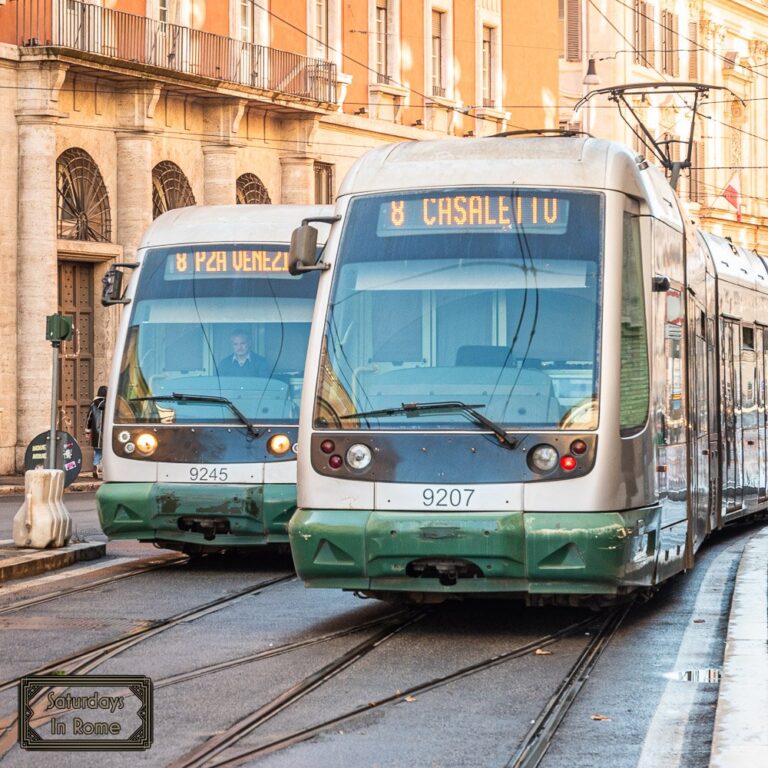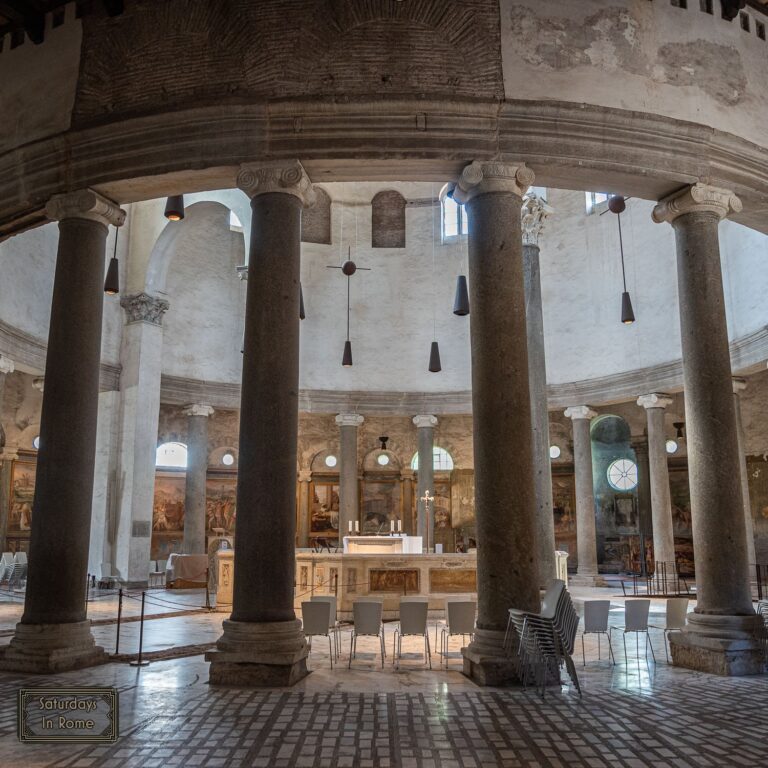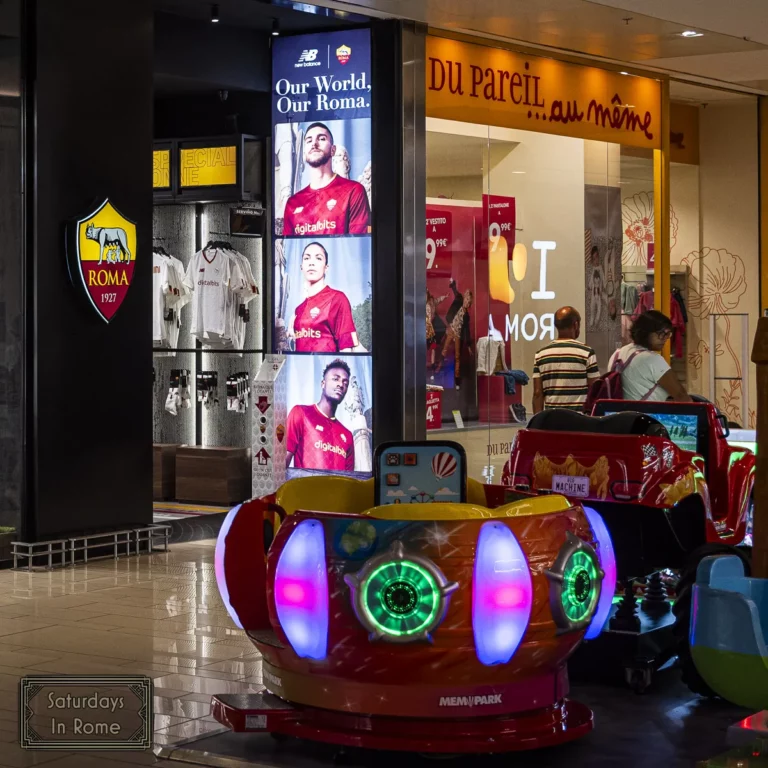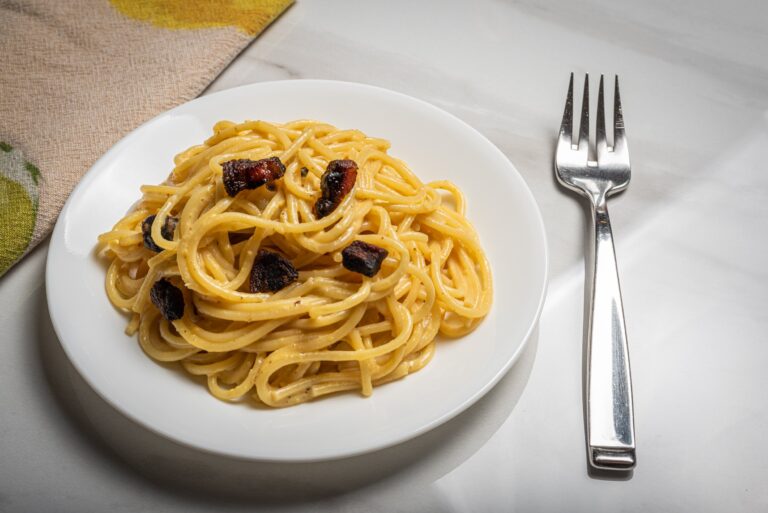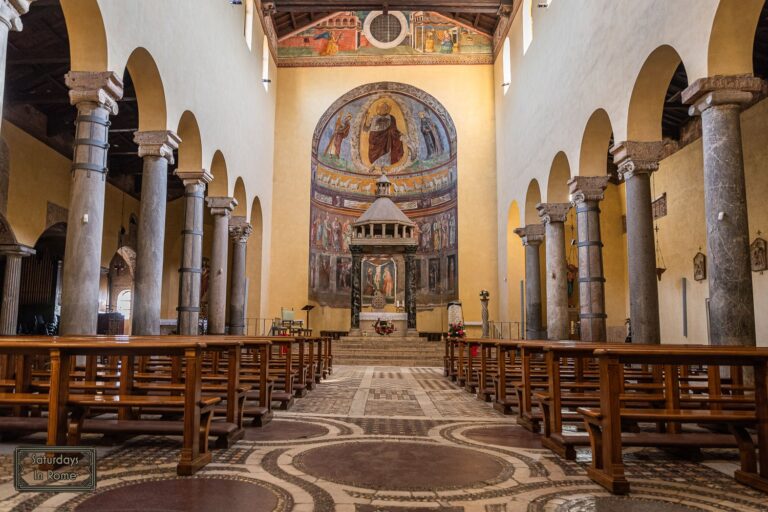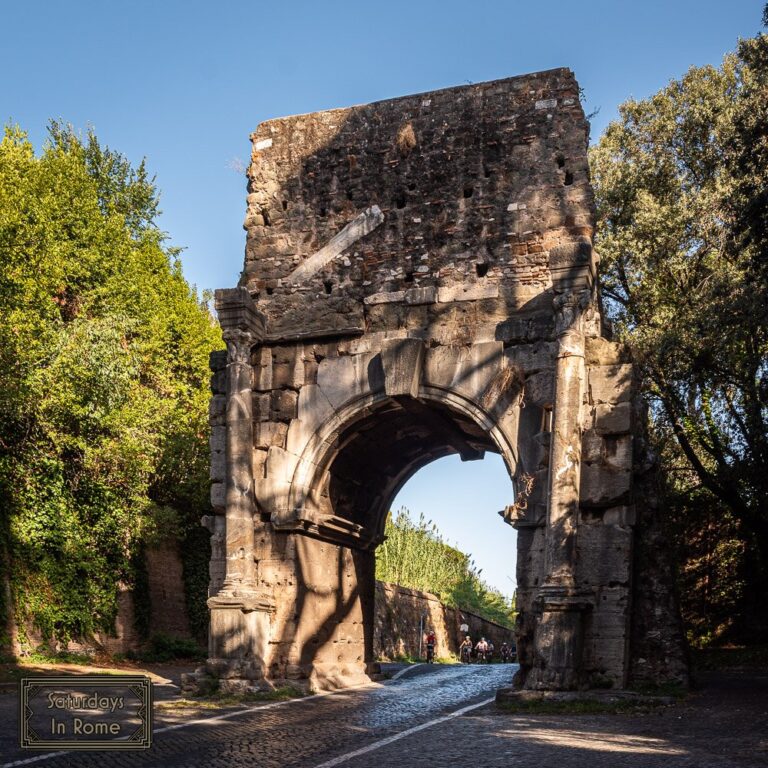Drinking Fountains in Rome Are Free And Known As Nasoni
The drinking fountains in Rome have delivered clean drinkable water for over 2000 years and you can enjoy free, safe water from the “nasoni” all over Rome.
Drink From The Lions Mouth!
Are Drinking Fountains In Rome Safe?
When we moved to Rome I learned that the municipal water is clean and healthy to drink, according to local Italian and international water quality standards.
Despite the high quality of the water in the drinking fountains in Rome, Italians have gotten accustomed to drinking bottled water in restaurants and at home as the standard of living improved in the 80s and 90s. This is only a cultural phenomenon and has very little to do with the water quality or taste.
Need Help Planning?
- Cheap Flights: Find The Most Affordable Flights.
- Accommodations: From 1 to 5 Stars And More.
- Car Rentals: Affordable Travel Across Italy.
- Sightseeing Tours: Explore Some Amazing Tours.
- Buying An eSIM: Stay Connected In Italy.
This post includes affiliate links.
Can You Drink The Water Fountains In Rome?
The city of Rome receives 97% of its drinking water from springs and 3% from wells. The tap water is supplied by ACEA and is considered of very high quality. The water is chlorinated and moderately hard (higher mineral content) but I can attest that it typically tastes good. Water tests are done daily and reports are available from ACEAs website. Acea A to 2 manages the integrated water service in 97 municipalities covered by the local water board (The Central Lazio (Rome) No. 2 Ambito Territoriale Ottimale), combining service quality, sustainable water resource management and respect for the environment.
Buying Bottled Water in Italy
Although it varies by who and how the statistics are being calculated, Italians are among the greatest consumers of bottled water in the world. As mentioned above, this is despite also having some of the best tap water in Europe. Italy is also one of the leading recyclers in Europe, but single use plastic waste is still a big issue with over 10 billion bottles consumed per year and the majority ending up in landfills. There is no scientific evidence that bottled water is healthier or safer than tap water, so if you want to enjoy Rome, Italy on a budget, fountains are the way to go.
Water Fountains
In the past, it was common practice to direct the water carried into Rome by the aqueducts, on its arrival in the town, to a very special and elaborately decorated fountain. In addition to being an actual spring for drinking or drawing water, this was also a very beautiful monument, ready to enhance the beauty of a piazza or road or to demonstrate the grandeur of whoever had requested its construction, from popes to the great noble families of Rome.
Drinking Fountains In Rome
It is now practically impossible to imagine Rome without its marvelous fountains, and why would you? Immortalized in great cinematographic masterpieces, like La Grande Bellezza and La Dolce Vita, the fountains of Rome are an artistic and cultural heritage of immeasurable value.
What Is The Famous Drinking Fountain In Rome?
One type in particular are the small iron stumps that look like someone left the faucet running. Romans affectionately refer to these famous drinking fountains located around the capital as nasoni (big noses).
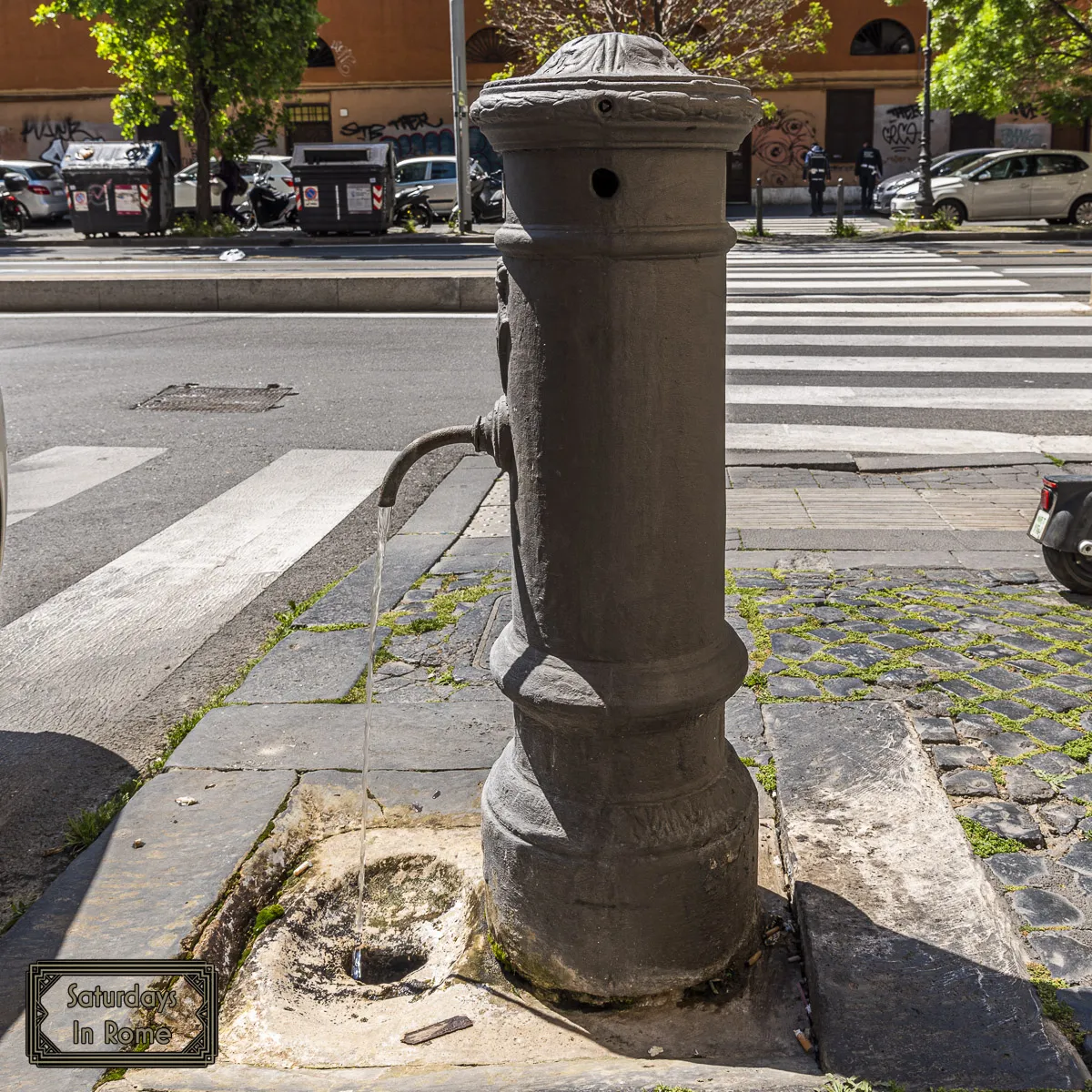
These distinctive cylindrical fountains, which are typically made of cast iron, are in many of the town’s piazzas and on the sidewalks. The drinking water they dispense is the same as has been distributed to Roman households for around 100 years. The municipal water supplier Acea has always taken care of this precious heritage created to bring drinking water to the town’s borgate (residential areas).
Why Does Rome Have So Many Drinking Fountains?
According to Acea, the company that manages water for Rome, there are more than 2,600 water fountains within the GRA, the ring road around Rome.
In the Italian capital’s historic center there are also about ninety artistic fountains and drinking fountains, all of which supply potable water. One of the most famous is the little wall-mounted fountain in Via della Fontanella di Borghese.
The only reasons I see for all these drinking fountains are the public good of having fresh water readily available for everyone and the second reason is to celebrate the history of fresh water and aqueducts that goes back to ancient Rome.
Do the Drinking Fountains In Rome Waste Water?
In 2017, due to a severe drought, Acea, the company that manages Rome’s water supply, announced a decision to turn off some of the drinking fountains during the summer tourist season. In addition to saving water, this decision also gave Acea a chance to make much needed improvements in the old pipes.
As one could imagine, this decision was criticized by consumer groups who argued that turning off the fountains would lead tourists to buy more bottled water, creating more waste, while not actually fixing the problems of leaks in the old pipes.
Happily, this emergency passed and the nasoni are all back on. You and your dogs can and should enjoy one of the many gifts that Rome provides to its citizens.
More Roman Culture and Travel Information
If you enjoyed this information on drinking fountains in Rome and you would like to learn more about the Roman culture and travel, check out some of these other articles that I think you will enjoy:
- Rome, Italy On A Budget Is Possible With These Tips.
- These Famous Fountains In Rome Are Definitely My Favorites.
- 12 Useful Things To Know Before Traveling To Rome.
- The Best Affordable Shopping In Rome Is Around Every Corner.
- Is The Roma Pass Worth It? This Guide Will Help You Decide.
- How To Clean Your Italian Moka Pot.
- Finding A Dentist In Rome, Italy Shouldn’t Be Stressful.
- Using Pharmacies In Italy Is Simple With This Guide.
- How To Get A Tessera Sanitaria In Italy – Requirements Guide.
- The Best Spots For Running In Rome Are Easy To Find.
- Pickleball In Rome Is Waiting For You And Here Is Where.
- Do Italians Drink Beer More Than Wine With Dinner?



